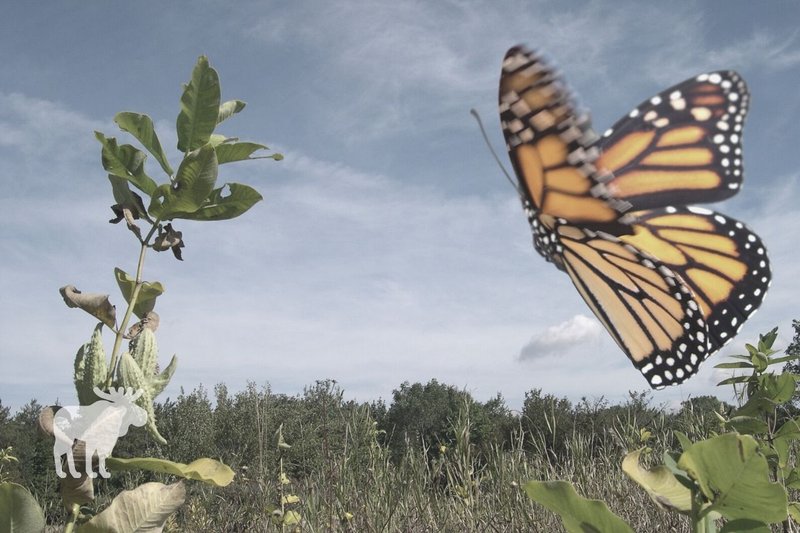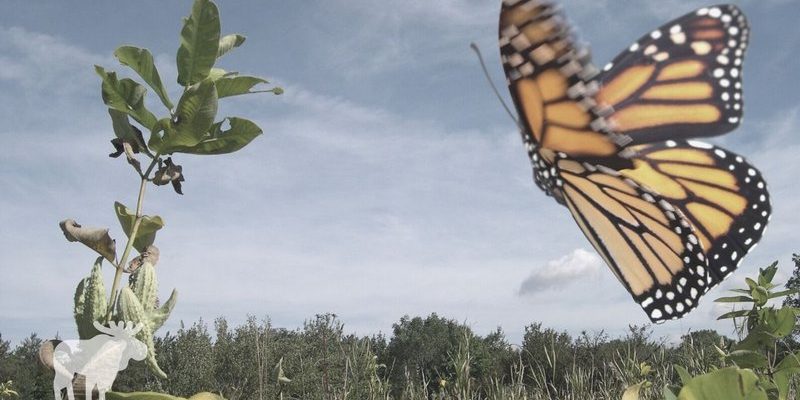
As the climate changes, these beautiful insects face many challenges, from habitat loss to disrupted migration patterns. Imagine if your favorite garden suddenly became too dry or too hot for the flowers you love. That’s exactly what these butterflies are experiencing. In this article, we’ll explore the many ways climate change impacts butterflies, shedding light on their vulnerabilities and the urgent need for conservation.
How Climate Change Affects Butterfly Habitats
Butterflies thrive in various environments, from lush meadows to colorful gardens. But climate change is putting these habitats at risk. As temperatures rise, plants that butterflies depend on for food and shelter may not survive. For example, milkweed, the only plant where monarch butterflies lay their eggs, is being threatened by changing weather patterns. If milkweed doesn’t thrive, neither will the butterflies.
Additionally, extreme weather events, such as heavy rains or droughts, can destroy butterfly habitats. Think of it like a house of cards; one gust of wind can take the whole thing down. When butterflies lose their homes, they also lose the flowers that provide them with nourishment. This loss creates a ripple effect, making it harder for butterfly populations to survive.
The Butterfly Life Cycle and Climate Change
Butterflies undergo a fascinating transformation, starting as eggs and moving through larva (caterpillar) and pupa stages before emerging as adults. However, climate change disrupts this life cycle. For instance, warmer temperatures can lead to earlier hatching of eggs. But here’s the kicker: if the flowers they need for food haven’t bloomed yet, those young butterflies may not find enough food.
This mismatch in timing is similar to trying to catch a train that’s left early. If the butterflies don’t get their chance to feed, their growth can be stunted, and many won’t survive to adulthood. Disrupted life cycles like this can lead to declining butterfly populations, which is concerning for biodiversity.
Migration Challenges for Butterflies
Many butterfly species, like the monarch, are known for their incredible migrations. Every year, they travel thousands of miles to find suitable habitats. Climate change, however, is altering their migratory routes and timing. If butterflies arrive at their destination too early, they might find a barren landscape where their food sources haven’t bloomed yet.
Imagine packing your bags for a vacation, only to find that your favorite restaurant is closed for renovations. That’s what it feels like for butterflies arriving at their migration destination without the food they need. This can lead to lower survival rates, hampering their ability to reproduce and maintain healthy populations.
The Impact on Butterfly Behavior
Climate change doesn’t just affect habitat and migration; it also influences butterfly behavior. Research shows that butterflies are adapting to warmer temperatures by altering their feeding and mating habits. For example, some butterflies may start to feed at different times of the day to avoid heat stress.
However, these behavior changes can have unintended consequences. If two butterflies have different feeding schedules, they might miss out on mating opportunities. It’s like trying to plan a dinner with a friend who can only meet for breakfast—it just doesn’t work! These shifts in behavior ultimately challenge the butterflies’ ability to thrive and reproduce.
The Ripple Effect on Ecosystems
Butterflies are not just pretty faces; they play a crucial role in our ecosystems. They are pollinators, helping plants reproduce by transferring pollen. If butterfly populations decline due to climate change, it can disrupt the entire ecosystem. Plants that need these butterflies for pollination might struggle to reproduce, leading to less food for other animals and even humans.
This is a classic example of a food web—when one piece is affected, the whole system starts to unravel. Losing butterfly populations can therefore have serious consequences for biodiversity and food security.
Conservation Efforts for Butterflies
Recognizing the challenges butterflies face, many organizations are working hard to protect them. Planting native flowers that provide food for butterflies, preserving habitats, and creating butterfly gardens are simple but effective ways to help. Even small changes in our backyards can make a big difference.
You can also support local conservation groups or participate in citizen science projects. These actions not only help butterflies but also raise awareness about the importance of protecting our environment. Remember, every little bit counts!
What We Can Do to Help
Every one of us can play a role in supporting butterfly populations. Here are a few easy steps you can take:
- Plant native flowers that attract butterflies.
- Reduce pesticide use in your gardens to create a safer environment.
- Create a butterfly-friendly habitat by providing water sources and shelter.
- Educate others about the importance of butterflies and their role in our ecosystem.
By making these changes, we can help ensure that butterflies continue to grace our gardens with their beauty, even in a changing climate.
In conclusion, climate change poses significant challenges to butterfly populations, affecting their habitats, life cycles, migration, and behavior. As they navigate this shifting landscape, it’s vital for us to pay attention and take action. Butterflies are more than just beautiful creatures; they are essential to our ecosystems. By supporting conservation efforts and making small changes in our lives, we can all contribute to a future where butterflies continue to thrive. Let’s join forces to protect these enchanting insects and their fragile world.

